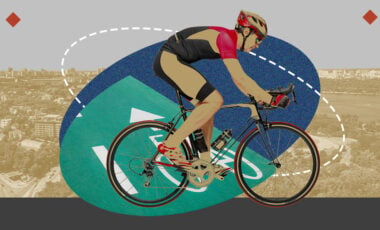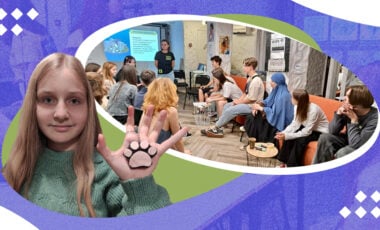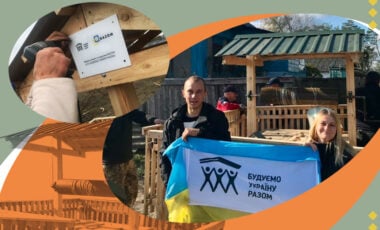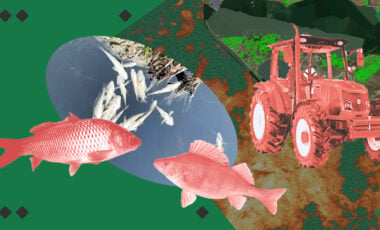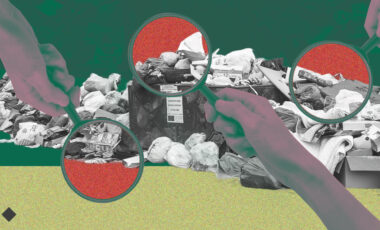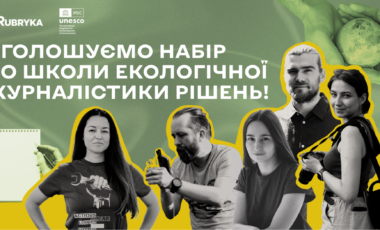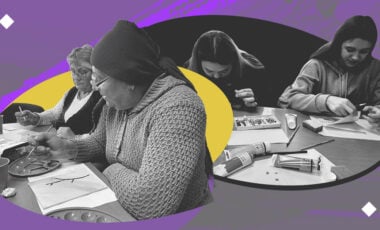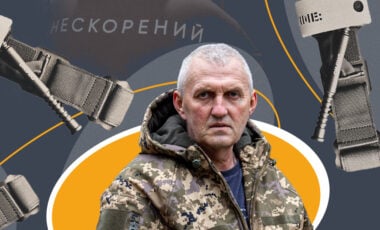Women in War: The Impact of Ukrainian Women on the Front Lines of Community Protection in Ukraine
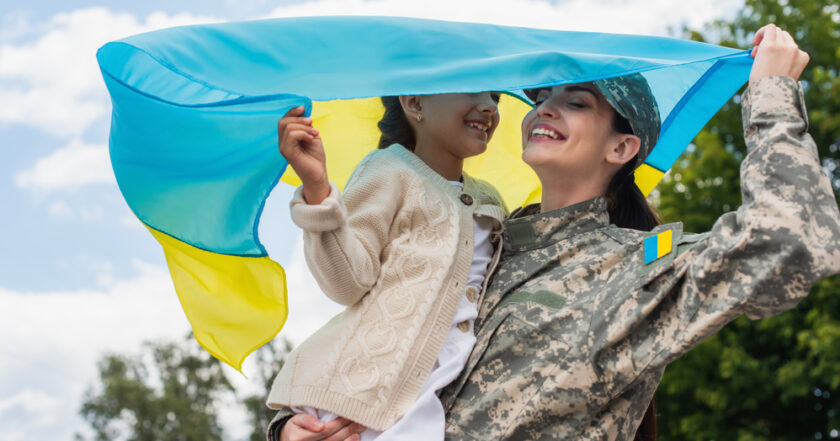
The full-scale invasion by Russia has decisively catalyzed a shift in societal roles, with a notable increase in the role of Ukrainian women in community protection and support of civilians. The situation in the village of Makiiv in the Khmelnytskyi region, where reportedly no men are left, which captured the attention of respected Western media, highlights the global interest in the changing demographic landscape and community dynamics across Ukraine. These shifts necessitate new approaches, and the world is closely watching how we will cope.
According to the Ministry of Defense, the total number of women in the Ukrainian Armed Forces (including non-combatant roles) has reached 62,000—a figure that far surpasses the average in most countries worldwide. Women remaining in non-combatant areas are also making a significant impact, rallying people to provide maximal support for the nation's defense.
UN Women and CARE analysis indicates that women are the majority among workers, volunteers, and emergency service representatives who deliver aid to those affected, through community organizations or informal associations and rapid response teams. Women from border and transit areas possess particularly valuable experience now, with the protection of civilians being a central issue around which proactive women often rally.
In the Poltava, Sumy, Chernihiv, and Kharkiv regions, where I work with a team of civilian protection experts from the Center for Civilians in Conflict (CIVIC), women's efforts have predominantly centered on establishing organizations that provide shelter, food, and medical aid.
Tamara Kovalenko, the deputy head of Pyriatyn in the Poltava region, shared her motivation with our CIVIC team: "Being considered a transit community doesn't mean we're unfamiliar with war and shelling." She has assumed a leadership role and has been actively coordinating aid for internally displaced people in the community, especially during the first year of the full-scale invasion.
The escalation of conflict has underlined the irreplaceable role of women in resource mobilization, aid distribution organization, and the provision of critical support to displaced families and individuals. Despite personal risks and operating in dangerous conditions, their unwavering determination has been key in addressing the gaps left by partially incapacitated state institutions and sometimes ineffective international attention.
A notable example of women's influence is their coordination of humanitarian aid efforts, where they ensure the distribution of clothing and essentials among the affected populace.
For instance, the women from the " Pivnichna horlytsya" (Northern Dove) community organization at the Anysiv Lyceum in the Chernihiv region established the village's first sewing workshop to support Ukrainian soldiers, crafting bone pillows and planning to learn to tailor adaptive underwear for the military. The workshop employs 10 women, all with fathers or husbands serving in the Armed Forces.
Additionally, addressing the acute need for safe shelters in communities, these women have also been instrumental in repairing and equipping civil defense facilities, enhancing the safety of civilians during shelling. Beyond immediate aid, their work includes long-term resilience and recovery initiatives.
The greater engagement of Ukrainian women in community protection and civilian support is a direct result of war-induced changes in demographics and social roles. Their involvement brings unique benefits, rooted in an empathetic understanding of the needs of vulnerable populations, particularly women and children. Their capacity to mobilize resources, organize aid, and provide support amid a depleted male population underscores the need for a gender-sensitive approach in humanitarian efforts, fostering more inclusive interventions and a mindful response to the needs of all community members.
Furthermore, women's direct involvement in these initiatives fosters community cohesion and trust in reconstruction processes, as they often hold key roles within their families and communities. Their contributions address immediate needs and lay the groundwork for long-term resilience and community restoration. Their actions highlight the critical role of community protection in wartime and emphasize the need for ongoing support and recognition at national and international levels.
Moving forward requires not only preserving but also expanding the support for women's participation in community protection. This can be achieved through international collaboration, targeted funding, and policy development that prioritizes gender equality and the enhancement of women's rights and opportunities as central to peacebuilding and recovery efforts. Promoting an environment that values and leverages women's unique contributions, the international community and local stakeholders can pave the way for more resilient and inclusive societies in the post-conflict era.























